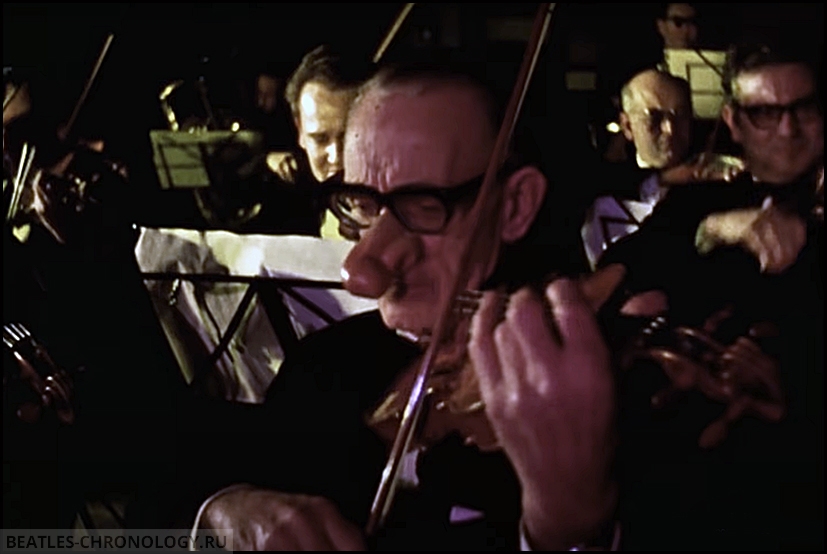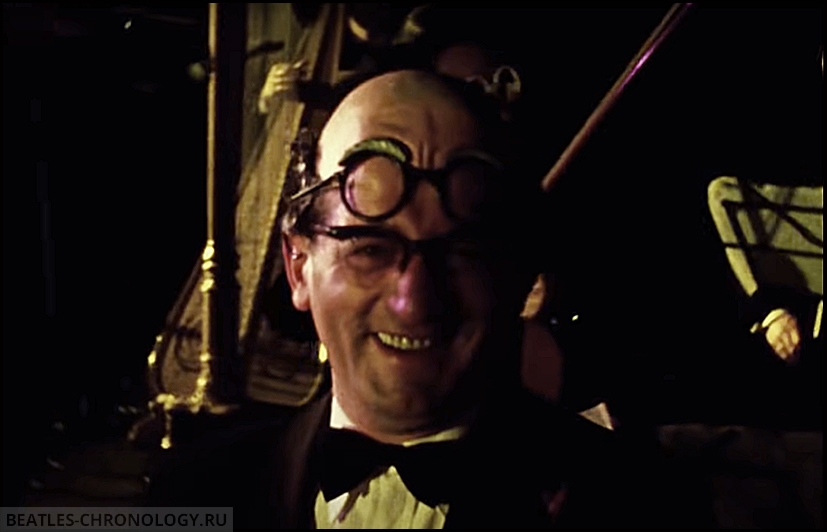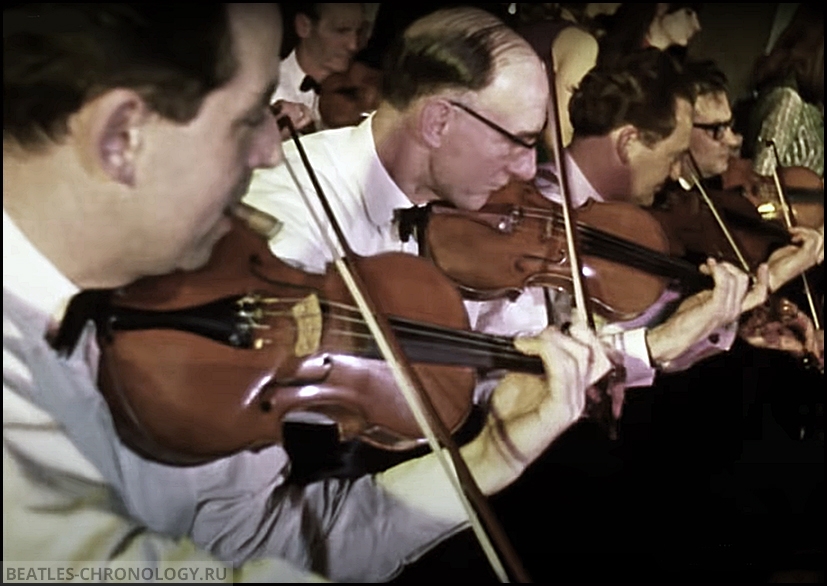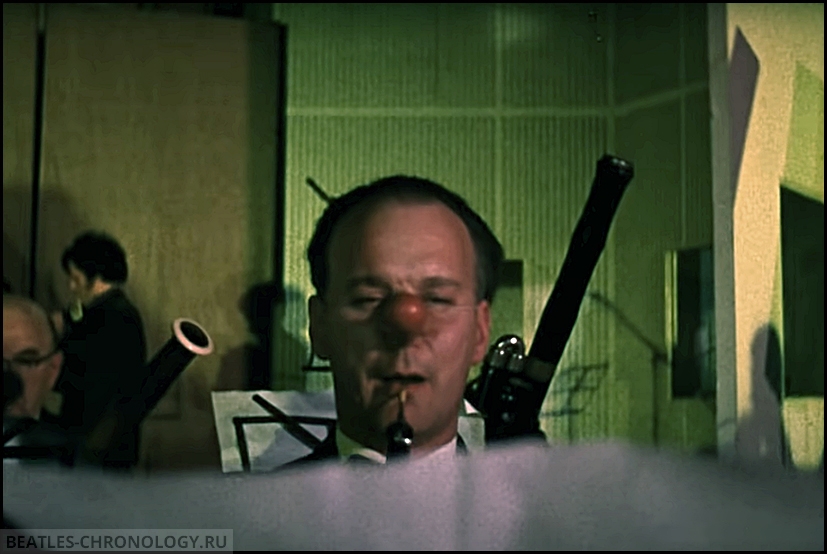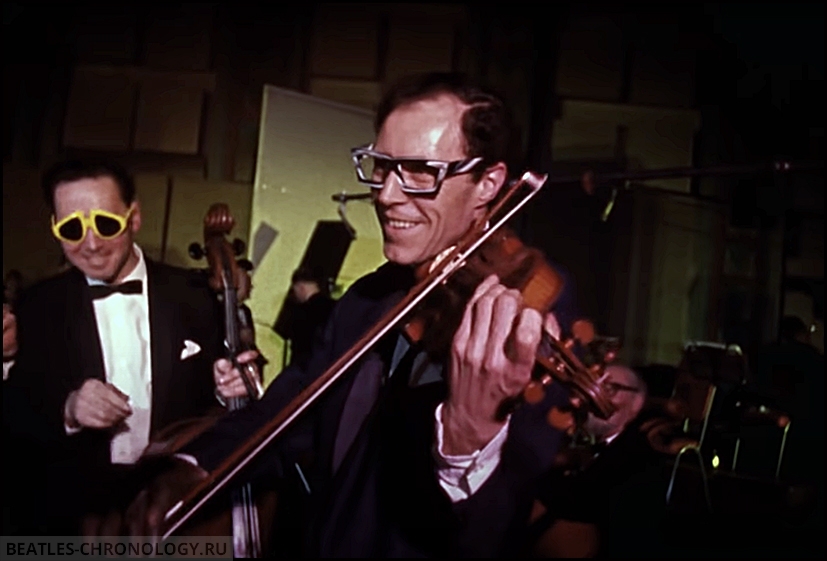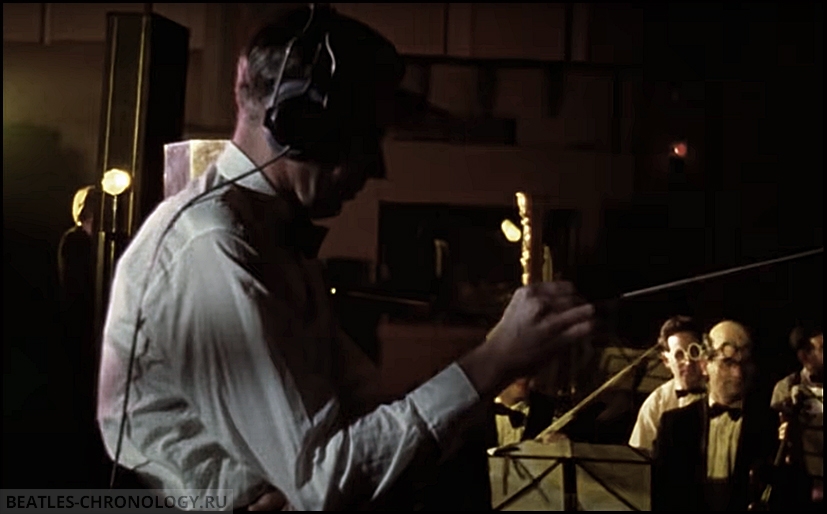Details
- Born: Apr 02, 1926
- Died: Apr 29, 2011
Related articles
From Wikipedia:
David Mason (2 April 1926 – 29 April 2011) was an English orchestral, solo and session trumpet player. He played the flugelhorn for the premiere of Ralph Vaughan Williams’s ninth symphony and the piccolo trumpet solo on the Beatles’ song “Penny Lane“.
Career
Mason was born in London, and educated at Christ’s Hospital and the Royal College of Music where he studied with Ernest Hall. His early playing career benefited from the timing of the Second World War: as a sixteen-year-old he was ineligible for call-up where many older players had already been recruited, and was thus able to pick up a lot of work in London before and during his time as a student at the Royal College of Music, which was itself interrupted by his own call-up into the Band of the Scots Guards. Before call-up he was the youngest member of the then National Symphony Orchestra.
After leaving the Royal College of Music, Mason became a member of the orchestra of the Royal Opera House, moving on later to the Royal Philharmonic Orchestra where he eventually became principal trumpet. After seven years in that role he moved to the Philharmonia, where he remained for most of the rest of his orchestral career. He was a professor of trumpet at the Royal College of Music for thirty years and thus taught many of the trumpet players who now make up the core of the profession in the UK.
The Royal College of Music has awarded a David Mason Prize for Orchestral Trumpet Playing.
Mason was the flugelhorn soloist for the world premiere of Ralph Vaughan Williams’s Symphony No. 9 on 2 April 1958. The novelty of the flugelhorn (often seen as a jazz or brass band instrument) being used in such a significant mainstream classical work attracted much press comment at the time, perhaps to the detriment of the symphony’s overall coverage and consideration.
Penny Lane
On 17 January 1967 at Abbey Road Studios Mason recorded the piccolo trumpet solo which is a prominent part of the Beatles’ song “Penny Lane“. The solo, inspired by Mason’s performance of Bach’s 2nd Brandenburg Concerto with the English Chamber Orchestra, is in a mock-Baroque style for which the piccolo trumpet is particularly suited, having a clean and clear sound which penetrates well through thicker midrange textures.
Mason recorded the solo using a piccolo trumpet in A (this uses a slightly longer leadpipe than the piccolo trumpet in B-flat, which itself is an octave higher than a standard B-flat trumpet). Although such piccolo trumpet solos became almost commonplace in some types of pop, this was seen as innovative at the time and was among the first such uses: George Martin later wrote, “The result was unique, something which had never been done in rock music before”.
Mason also contributed to several other Beatles songs, including “A Day in the Life“, “Magical Mystery Tour“, “All You Need Is Love” and “It’s All Too Much“. […]
“A Day In The Life” session
The orchestra overdubs for “A Day In The Life” were recorded on February 10, 1967. The Beatles decided to use a symphony orchestra to fill the 24-bar gap between the two sections of the track. To allay concerns that classically trained musicians would not be able to improvise the section, producer George Martin wrote a loose score for the section. It was an extended, atonal crescendo that encouraged the 40-piece orchestra to improvise within the defined framework.
Paul McCartney had the idea to turn this unconventional session into a sort of happening. The musician were asked to attend in full evening dresses and were given accessories like red false noses, flowery paper spectacles or large gorilla paws…
In addition, the session was filmed for use in a planned television special. But given the BBC’s ban of “A Day In The Life“, because of what they assumed were drug references, the idea was abandoned. In 2015, portions of the film were released in the “A Day in the Life” promotional film, included in the three-disc versions of the Beatles’ 2015 video compilation 1+.
The orchestra and George Martin had been asked to attend in full evening dress, which the Beatles also promised they would wear. The Beatles did not keep their word but the orchestra and George Martin looked very smart in their tuxedos. In order to get them into the mood to play something unconventional and to encourage in them an element of playful spontaneity, the Beatles went among the players handing out party favours. Mal Evans had been sent to a joke shop on Great Russell Street and returned with plastic stick-on nipples, plastic glasses with false eyes, rubber bald pates, some with knotted handkerchiefs balanced on them, huge fake cigars, party hats and streamers: David McCallum, the leader of the London Philharmonic, wore a large red false nose; Erich Gruenberg, the leader of the second violins, had on a pair of flowery paper spectacles and held his bow in a large gorilla paw; the bassoon players, Alfred Waters and N. Fawcett, had balloons attached to their instruments which inflated and deflated with each note, raising a laugh from George Martin.
From “Paul McCartney: Many Years from Now” by Barry Miles, 1997
And if that wasn’t unorthodox enough, they were even more bemused, if not downright aghast, by Paul’s instructions that they all play as out of tune and out of time as possible. This twist was added during the taping of “A Day In The Life”‘s cosmic crescendo, for which Paul had assumed – with obvious relish – the role of “conductor.”
Pete Shotton – From “The Beatles, Lennon, And Me“, 1984
It was quite a chaotic session. Such a big orchestra, playing with very little music. And the Beatle chaps were wandering around with rather expensive cameras, like new toys, photographing everything.
Alan Civil – Horn player – From “The Complete Beatles Recording Sessions” by Mark Lewisohn, 1988
Only the Beatles could have assembled a studio full of musicians, many from the Royal Philharmonic or the London Symphony orchestras, all wearing funny hats, red noses, balloons on their bows and putting up with headphones clipped around their Stradivari violins acting as microphones.
Peter Vince, studio engineer – From “The Complete Beatles Recording Sessions” by Mark Lewisohn, 1988
